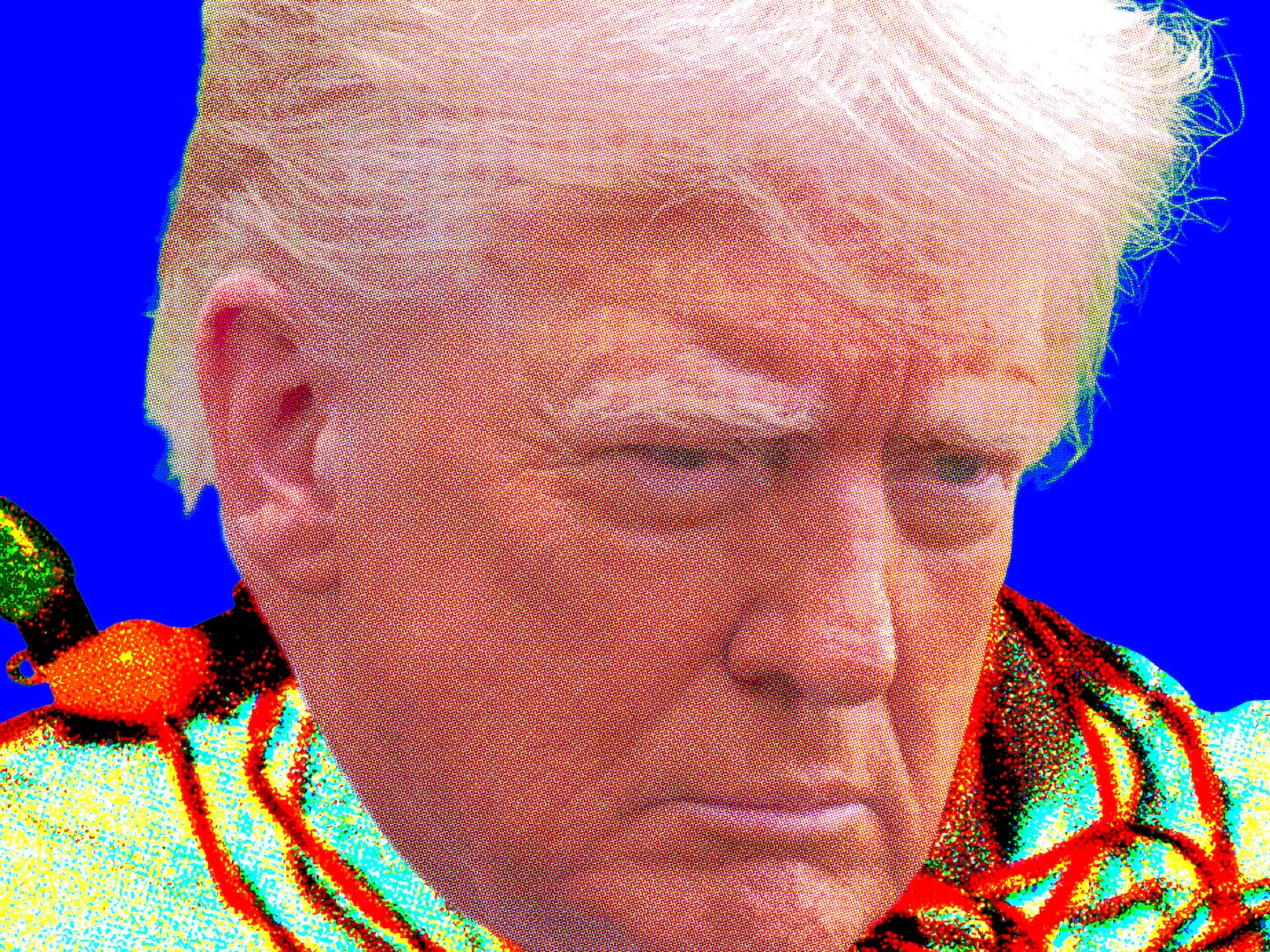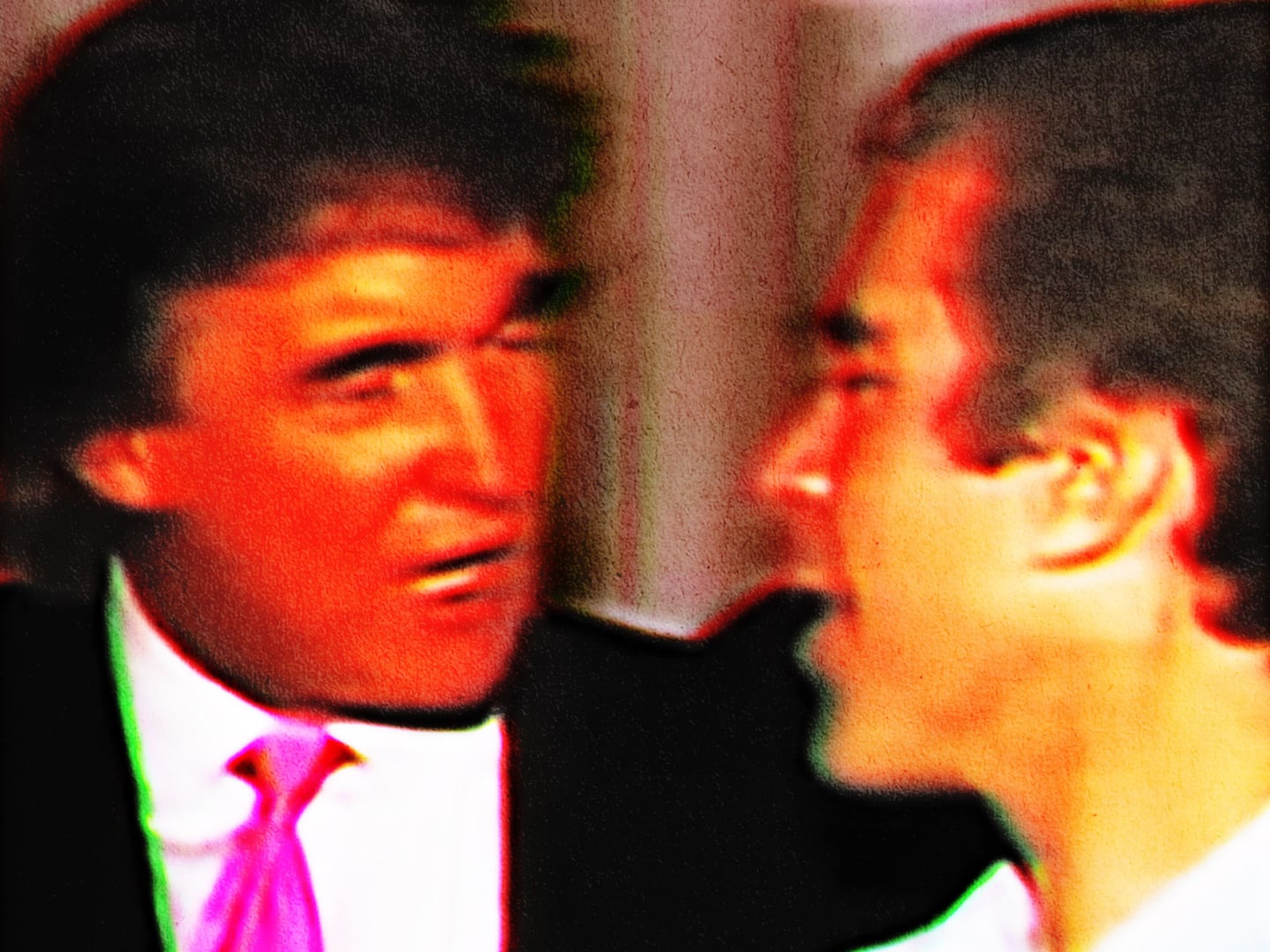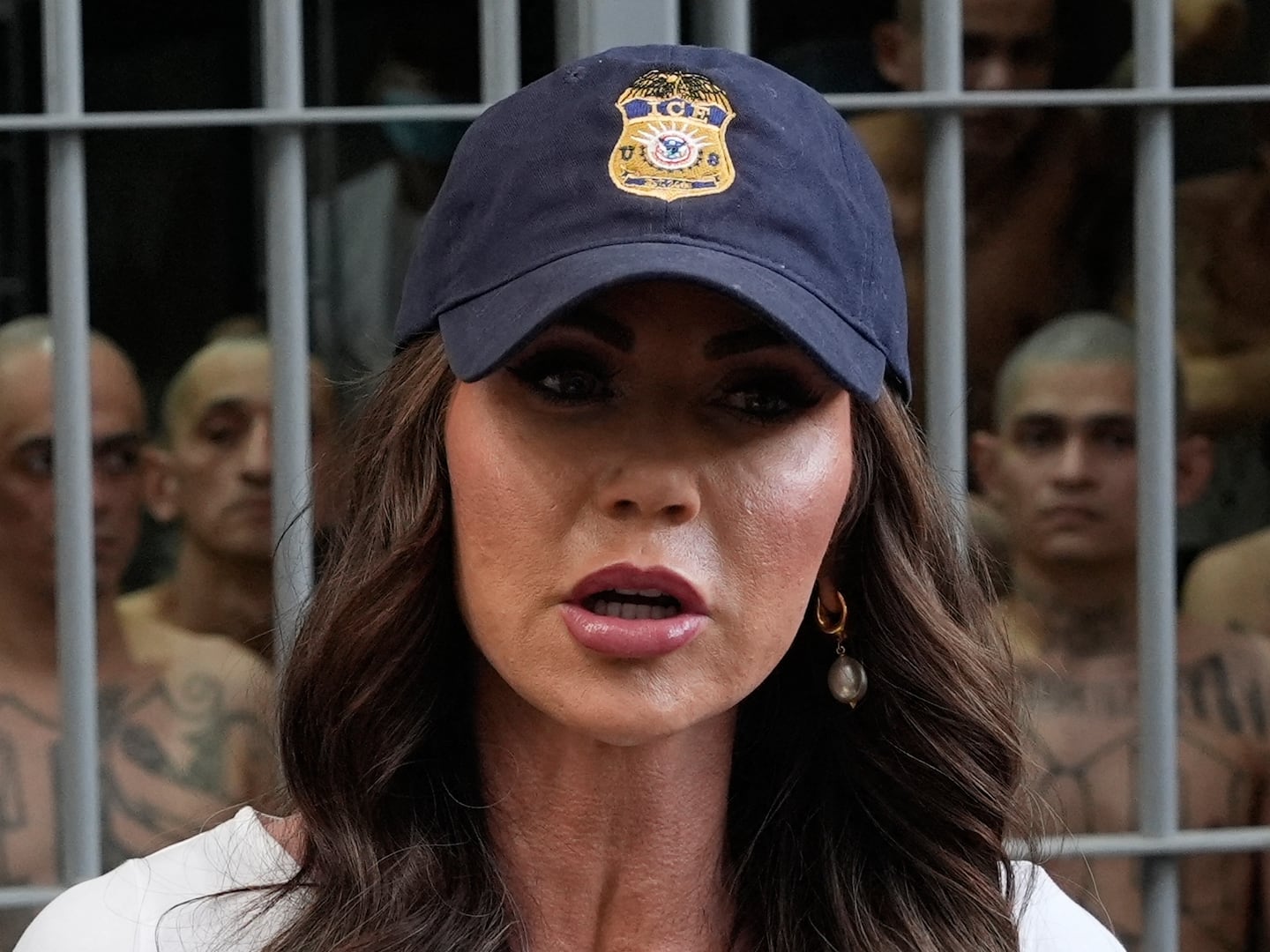LONDON—Would you like to share the stage at the National Theatre with Bryan Cranston as he delivers one of the greatest theatrical performances of the year? The answer to that is obvious enough: yes, of course.
There was a more stubborn question at the back of our minds as the show unfolded, however: why were we being allowed to sit here?
During each night of the blockbuster stage adaptation of Network on the Southbank of the River Thames, 42 diners fill tables in a real restaurant that has been built stage left. Wait staff buzz around serving a five-course meal which lasts the duration of the show.
The diners are led inside half an hour before the rest of the audience take their seats. Simply walking through the stage door—where so many of the acting greats have passed—and onto the vast Lyttelton stage at the National is wonderful feeling. Excited theater-fans rushed out into the middle for selfies in front of the intricate set, looking out towards 894 empty seats in the gloom of the auditorium.
The first of the five courses is served just before the rest of the audience are allowed in, and the maître d’ comes round to warn people that they are very much going to be in this show. Everyone looks a little concerned—this isn’t the front row of a stand up comedy show but a little fear of being singled out to say something sweeps through the restaurant.
As the audience files into the auditorium and the stage lights glare into our eyes, we realize that everyone must be looking at us and thinking who the Hell are they?
In the opening minutes of the show, Cranston weaves between the tables to speak to a colleague at the bar. He is right here among us—what a thrill! But for most of the audience, he was entirely out of sight—they could only see the version of the conversation being beamed onto the big screens by teams of roving on-stage camera operators.
Our next up-close moment came in the form of an emotive conversation at one of the tables. Those viewing via the big screen must have been distracted by a diner who didn’t know where to look as the camera bore into her while she watched the intense scene from just two feet away.
Tickets for dinner, drinks and the show come in at £95 ($125) to sit at one of the tables in the midst of the action and £75 ($100) to sit by at the bar right on the edge of the stage. The food, which includes nods to ‘70s classics with a crab cocktail and black forest gateau, is very good if not exquisite.
A quenelle of butternut squash puree with crispy shards of kale and shallot was delicious, but the short rib and ox cheek bourguignon was a little disappointing. Nonetheless, since the best seats in the stalls are only a little cheaper, this is unquestionably a damn good deal.
The trickier part was securing a table. Former New York Mayor Michael Bloomberg got himself one last week, but the rest of us had to enter a ballot to win seats.
The director of this ambitious re-working of a movie classic has brought Network into the 21st century. The legendary window-shouting has been updated to include video selfies and a monstrously complex set that included huge real-time TV projections, technicians and cameras swirling around the stage.
Most vitally of all, by transplanting the film to the stage, Ivo van Hove has been able to include human reactions to the timeless scream of frustration: “I’m mad as Hell and I’m not going to take it anymore!”
The restaurant’s climax as a prop comes later in the show as the Michelle Dockery (Downton Abbey) and Douglas Henshall (Primeval) characters launch into full sex at one of the tables. If it had not yet dawned on all of us that our reactions are supposed to be part of the show for everyone else, it was obvious now. This jaw certainly dropped right on cue.
Whether our on-stage responses added much depth to the experience for the rest of the audience was debatable, but it was transformative for us. Eating on stage certainly solves the age-old question of whether to have dinner pre- or post-performance, although there are moments you wonder why you are looking down at your plate while the hectic show races all around you.
The whole show is set up to make you feel as though you seeing the making of a network news show and that is amplified manifold by such a vantage point, there are occasions when Cranston and his colleagues are delivering lines with their backs to you but that only emphasizes the feeling of being behind-the-scenes.
For the lucky few it was an extraordinary moment in the glare of the spotlight as Cranston placed a hand on your shoulder while delivering one of the greatest London theater performances of the decade.






